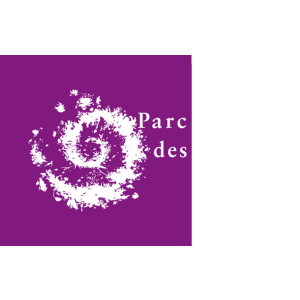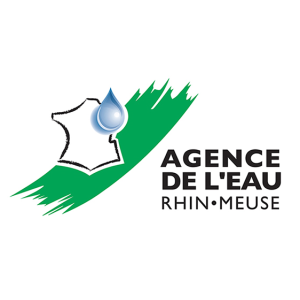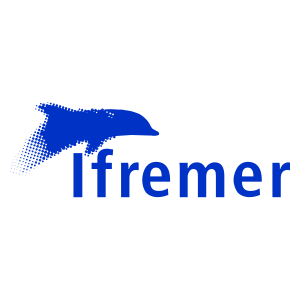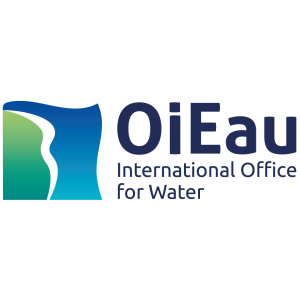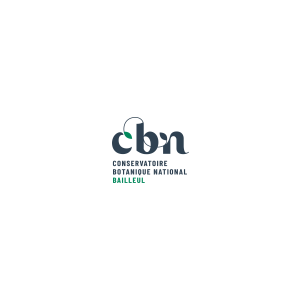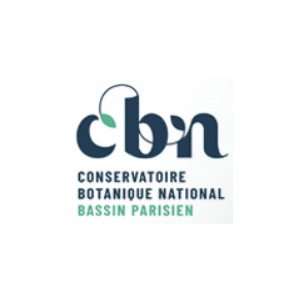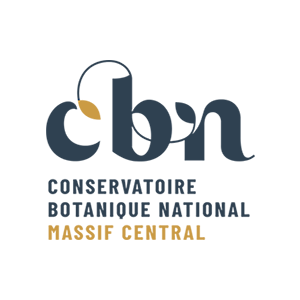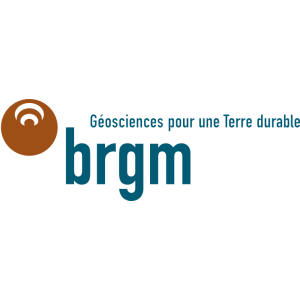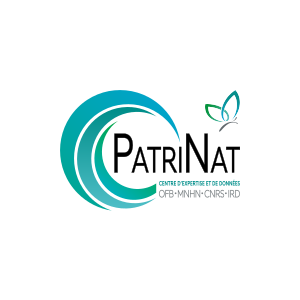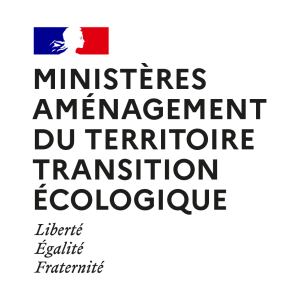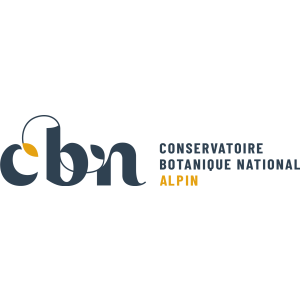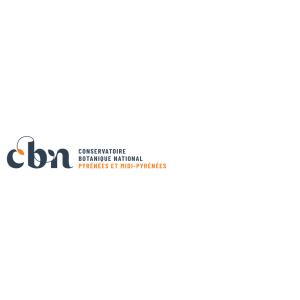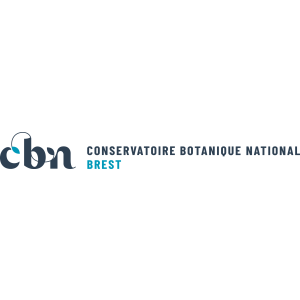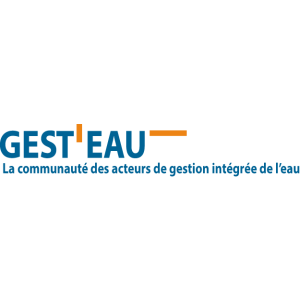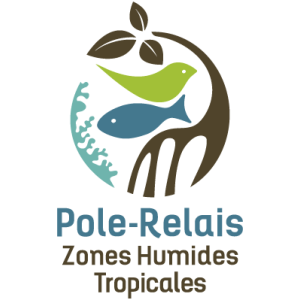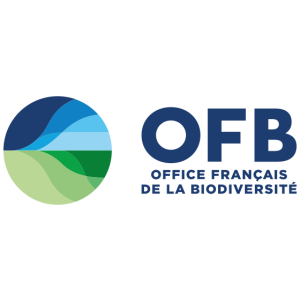
Document généré le 06/10/2025 depuis l'adresse: https://www.documentation.eauetbiodiversite.fr/fr/notice/ecological-and-habitat-restoration-for-insect-conservation
Titre alternatif
Producteur
Contributeur(s)
Identifiant documentaire
17-4615548
Identifiant OAI
4615548
Notice source
https://hal.science/hal-04615544v1
Auteur(s):
Buisson Elise,Hess Manon C M,Blaya Romane,de Almeida Tania,Huberson Natan,Melloul Emile,Mutillod Clémentine,Rocher Léo,Alignan Jean François,Dutoit Thierry,Mahy Grégory,Blight Olivier
Mots clés
Ecological restoration
Ecosystem engineers
Management
Restoration ecology
Date de publication
06/10/2025
Date de création
Date de modification
Date d'acceptation du document
Date de dépôt légal
Langue
Thème
Type de ressource
Source
Droits de réutilisation
Région
Département
Commune
Description
Ecological restoration, the process of assisting the recovery of an ecosystem, can benefit insect conservation. The restoration of native plant species is often associated with natural recovery of insects, firstly phytophagous and pollinators. Restoration can also specifically aim at assisting the recovery of a particular insect taxon: meadows reopened after encroachment by pine trees are suitable habitats for an endangered butterfly and the introduction of grazing, prescribed burns, and soil scraping in prairies invaded by exotic grass creates the bare ground patches essential for an endangered beetle. Restoration can also be promoted by the reintroduction of insects that are ecosystem engineers, such as ants or termites. In all cases, the recovery of insect diversity at restored sites is dependent on the level of degradation, the implemented restoration actions, the landscape and regional context, mobility of insect species, and species-specific interactions. Insects have complex life cycles: eggs, larvae, and adults do not share the same habitat requirements and are at different levels in the trophic network. As a result, restoration projects cannot provide an ideal habitat that satisfies the diverse needs of all insects. However, maximizing habitat complexity and heterogeneity is a way to provide a variety of habitats and promote insect diversity.
Accès aux documents
0
Consultations
0
Téléchargements


